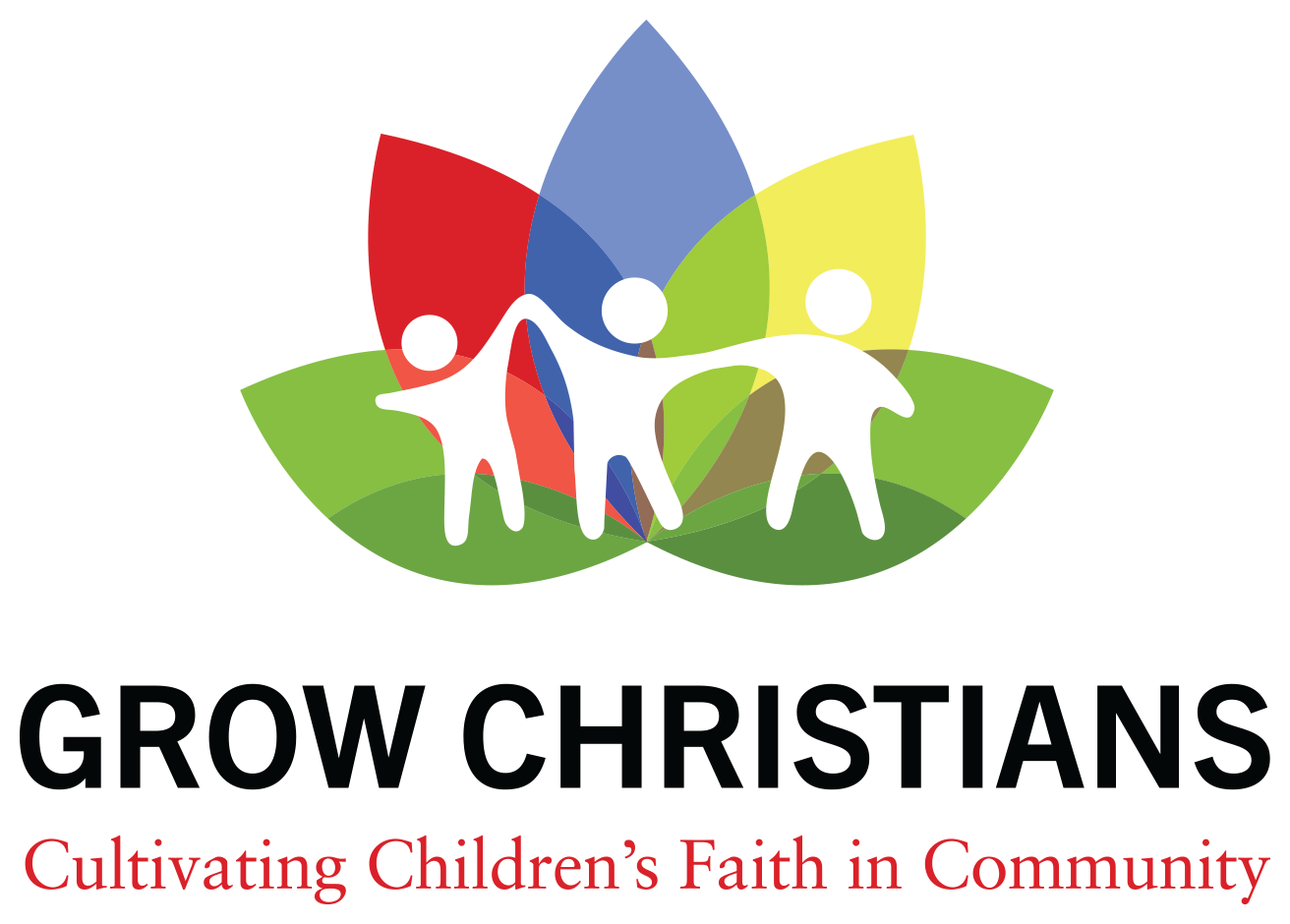Talking to children about Jesus and the cross is hard.
During my first Holy Week as a priest, a kindergarten teacher at my parish’s day school invited me to talk to her class about Good Friday. I confidently waltzed in the classroom carrying an age-appropriate book on the passion and as I began reading the teacher quietly slipped out the door.
All was well until several little boys started asking questions. What sort of nails did they use? Did bones break as they were hammered into his hands? What about his feet? Did blood run into Jesus’ eyes from that crown? Did Jesus cry while he was hanging there?
I did my best to steer their attention back to the book, but it became increasingly difficult as grief overcame the more sensitive students and they began bawling. Chaos greeted the teacher as she walked through the door; I offered a meek apology for only teaching the class about the pain Jesus felt on Good Friday, hung my head in defeat and walked back to my office.
When I became a mother, my own children picked up where these kindergarteners left off years earlier. No amount of seminary reading or parish experience could prepare me for their rapid fire series of questions.
Why did Jesus have to die on the cross? I offered an answer, which is immediately met with another question. How does that help us? I offered another answer, followed again with another question. But why did God the Father allow God the Son to die? Would you do that? Why would God do that?
During Holy Week emotions are heightened for grownups and children alike, which makes it difficult to have a composed conversation about Jesus and the cross. The Feast of the Holy Cross offers us an alternative in mid-September, far away from the dramatic narrative of Holy Week. While Good Friday focuses on the Passion of Jesus and the crucifixion, Holy Cross Day celebrates the cross itself, the instrument of Jesus’ suffering and death, but also of our salvation. Holy Cross Day gives us an opportunity to teach our children how on the cross Jesus experiences pain and he experiences love.
Using two sticks, children can make their own crosses while we tell them about two trees in the Bible –The Garden of Eden’s tree of knowledge of good and evil and the tree whose wood produced the cross. One tree brought so much evil into world but the other one brought redemption.
This is our story as God’s created people. We mess up. We get hurt. We cause other people to suffer. And yet, God doesn’t send Jesus into the world to criticize and condemn us. God instead sends Jesus into the world so that we might be redeemed through him on that tree of the cross. The tree of the cross saves us from all the wrongdoings that have happened since fruit was eaten from that first tree.

On the cross Jesus shows us who God really is and what God is really like. Our pain is God’s pain. God hurts when we hurt. No matter how much pain we feel or how much grief we cause, we can never feel or cause as much suffering as the cross.
There is no dark place we can go where Jesus hasn’t already gone. And why? Because our story is God’s story. God loves us so much that God shares our story with us. God’s love is with us every step of the way, holding us, rescuing us and loving us. Love brought Jesus into the world and love brought Jesus to the cross. We as his followers are called to love other people as Jesus would love them.
The cross that your children formed out of those two sticks can be a reminder of this pain and this love. On that tree of the cross, while overwhelmed with agony, Jesus chooses love. In the midst of our own suffering, we as Christians choose love. In the midst of pain we cause others, we as Christians choose love. In the midst of those impossible moments of parenting, we as Christians choose love.
Pain and love are two things our children experience regularly; Holy Cross Day gives us the opportunity to talk about them from a theological perspective.
As it turns out, talking to our children about the cross isn’t as daunting as I once thought it to be.
[Image credit: Ken Kistler, Public Domain, via Public Domain Pictures]
What helps you talk about the cross with children and youth?
Discover more from Grow Christians
Subscribe to get the latest posts sent to your email.

This is an amazing description of the application of the Feast of the Holy Cross, thank you!!!
“Using two sticks, children can make their own crosses while we tell them about two trees in the Bible…”
I love this idea! And I agree with you, with this day removed from the emotions of Holy Week it can be a more productive conversation for little ones (and probably adults alike). Thank you!